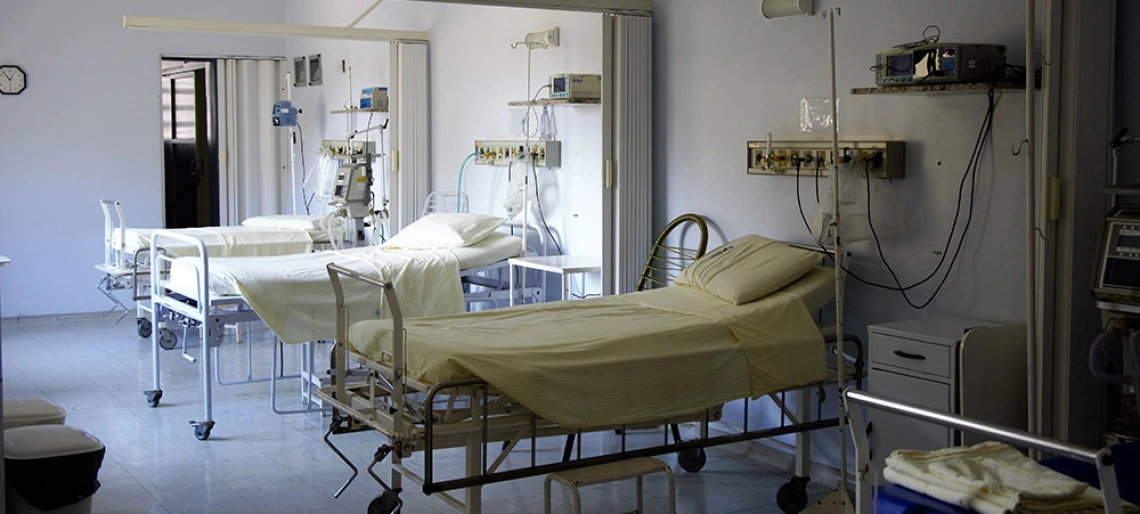Twitter and Big Data Could Predict Emergency Room Rush Hours

Just about everyone follows someone on social media who likes to complain about aches and pains, illnesses and maladies. While it can be tiresome, researchers at the University of Arizona say there is potentially life-saving value to people’s tweeting about their gripes.
Research that will be published in the IEEE Journal of Biomedical and Health Informatics combines Twitter posts and air quality and hospital data to form a model that researchers believe can predict emergency room trends more effectively and immediately than existing disease surveillance models, such as that published by the U.S. Centers for Disease Control and Prevention. While health and data tools such as Google Flu Tracker have used social media and search engines to monitor the spread of contagions, this new model is the first to look at chronic illnesses such as asthma, the researchers say.
The University of Arizona team studied the Dallas-Fort Worth area between October 2013 and December 2013. To find a connection between tweets about asthma and asthma-related emergency room visits, they combed through Twitter streams for 19 keywords, such as “asthma attack” and “inhaler.” After filtering out the tweets that contained the keywords but did not reflect “asthma affliction,” they compared the Twitter post trends to air quality data from the Environmental Protection Agency. Finally, they compared that information to numbers from the Children’s Medical Center of Dallas. They found a correlation between tweets about asthma, changes in air quality and asthma-related emergency room visits.
Read the full article at Newsweek.

